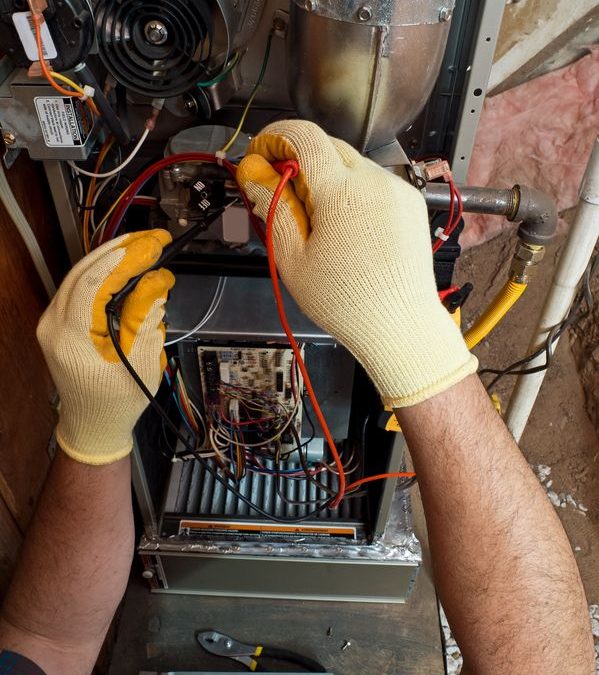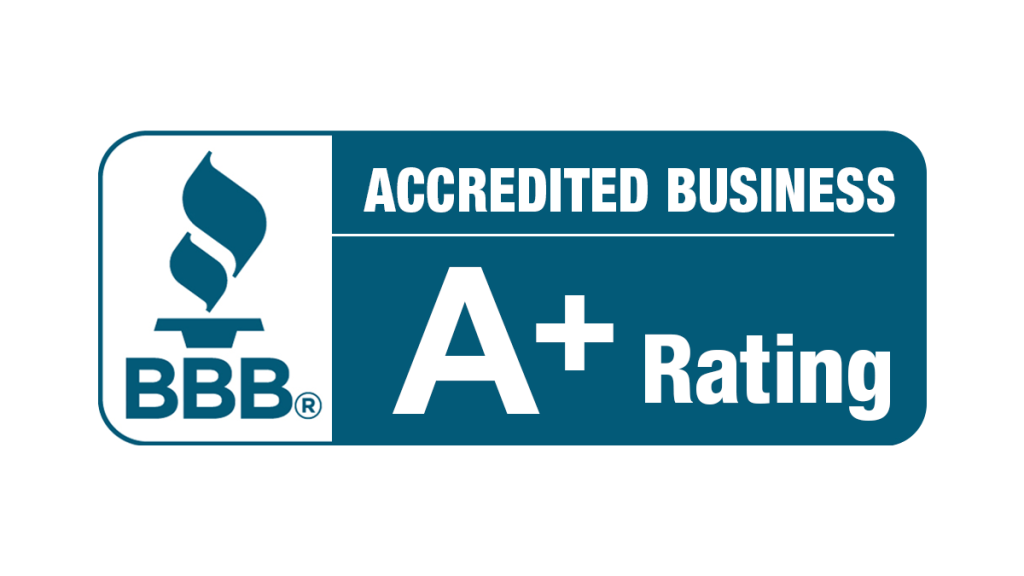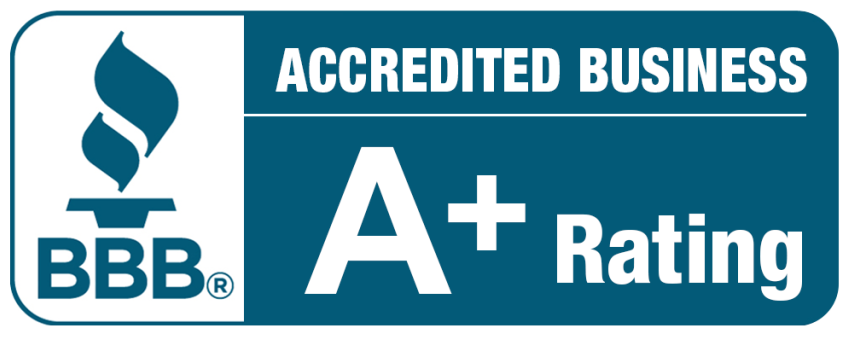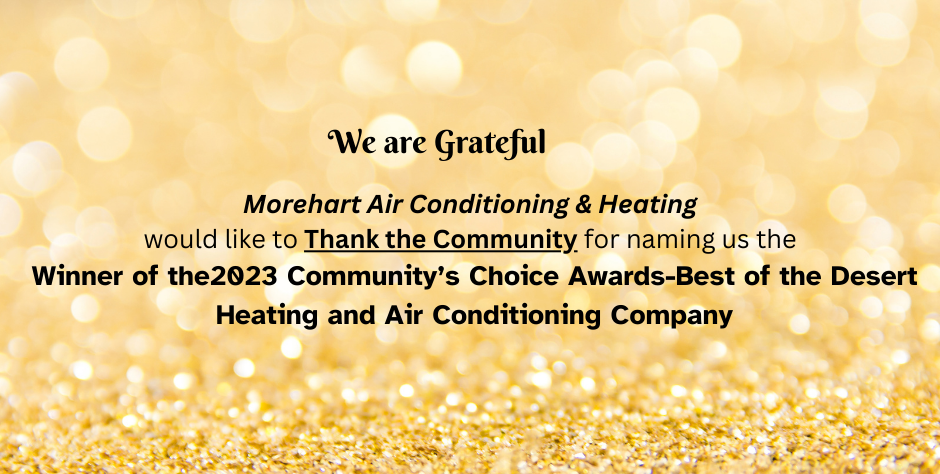How to Prevent and Diagnose Furnace Issues in Phoenix

Even though Phoenix residents won’t experience winter chills in the same way that people in the Northeast might, there are still some cool nights where the furnace will be needed to take the chill out of your home, and keep residents comfortable. The first time a night like that happens is not the time to discover that you have some kind of problem with your furnace, so it’s best to take a proactive approach and prevent furnace problems which might leave you in the cold. Here are some tips on how to diagnose and prevent problems, so you’ll get through the cooler months comfortably.
Furnace Not Heating
There are several things which could cause your furnace to provide inadequate heating, so you may have to check all of them to find the actual culprit. First of all, make sure nothing is blocking the flow of air coming from the furnace, and then make sure that the thermostat is set to the temperature you intended.
If you aren’t sure about the thermostat, just temporarily increase the setting by 10° to see if it makes any difference. Then check the heating vents in the room that you’re in, to make sure they’re open and not obstructed by anything else, such as furniture. This is a good practice for all the rooms of your house where heating vents are installed for the distribution of warm air. If none of these conditions is responsible for your inadequate heating, check the filter on your furnace to make sure it’s not clogged with debris that could be reducing the flow of warm air to your living spaces.
Failed Sensor
if the pilot light in your furnace goes out either the thermocouple or the sensor (depending on the age of your furnace) will automatically shut down the supply of gas to your furnace. This is a safety feature which ensures that carbon monoxide does not seep into the combustion chamber and create an explosive situation. Both thermocouples and sensors occasionally have to be replaced or repaired to ensure that they effectively carry out their function, so this should be one of the first items on your preventive checklist.
Unclean Burner
In a gas furnace, the burner area is where combustion gas is generated in order to increase air temperature, and if debris or dirt has a chance to infiltrate the burner, it will restrict the flow of oxygen and make ignition very difficult. If the burner is mostly clogged, it will also cause your pilot light to go out, and in that case, the burner will need to be completely removed, cleaned, and reinstalled before normal functionality can be restored.
Damaged Heat Exchanger
The heat exchanger is responsible for transferring heat from combustion gas to external air, so if it should become damaged or cracked due to corrosion or some other cause, it’s very likely that gas will leak into the surrounding cabinet, and possibly out into your living area as well. One of the best ways to identify a damaged heat exchanger is by listening for a loud clicking sound that happens prior to the startup of your blower fan. If you hear that sound, it’s safest to shut the furnace down completely, and call your heating professional to have it checked out.
Your Phoenix Heating Professionals
At Morehart Air and Heating, we always strive to provide useful information that people within our Phoenix, Arizona community can use when it comes to cooling and heating. If you don’t feel comfortable with carrying out preventive measures yourself, or if you have a situation which calls for professional attention, please contact our office for fast and reliable service at 602-640-0444. You may visit us online too.





